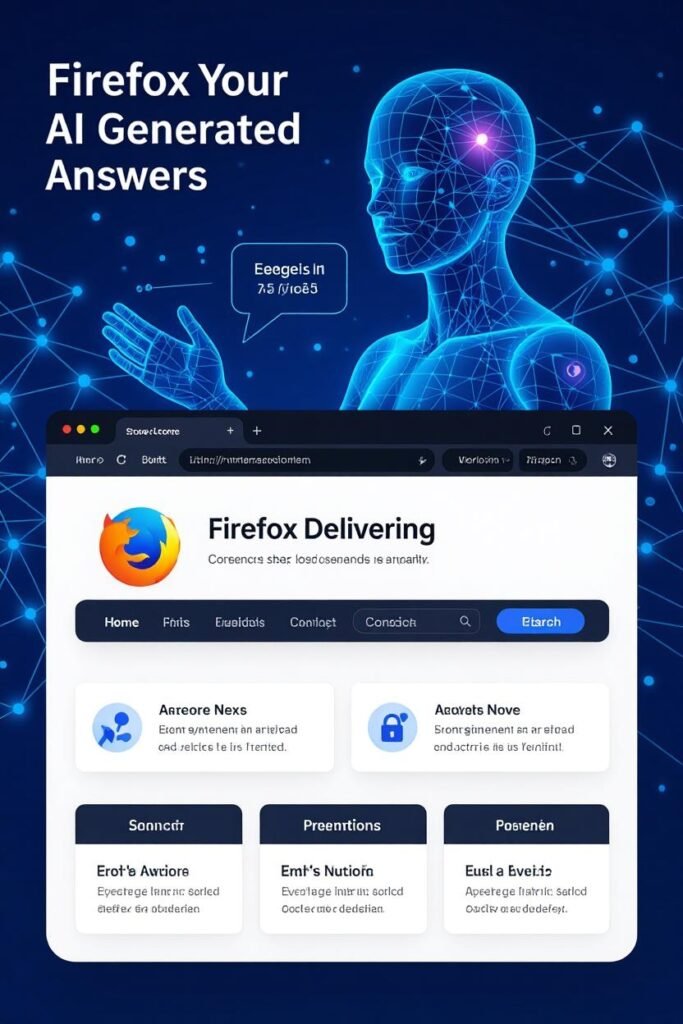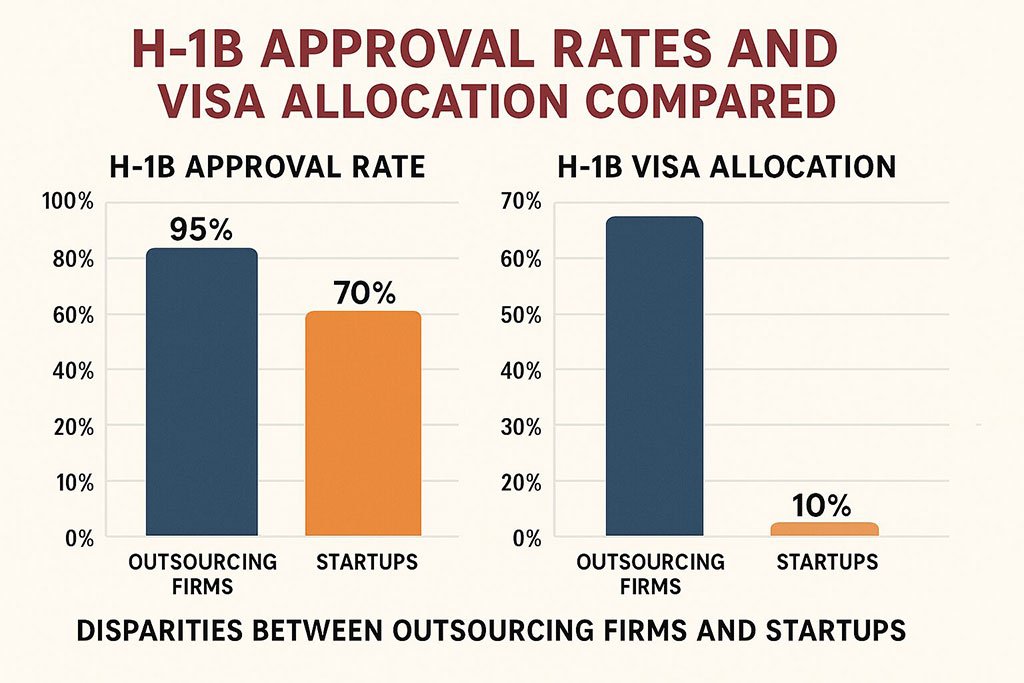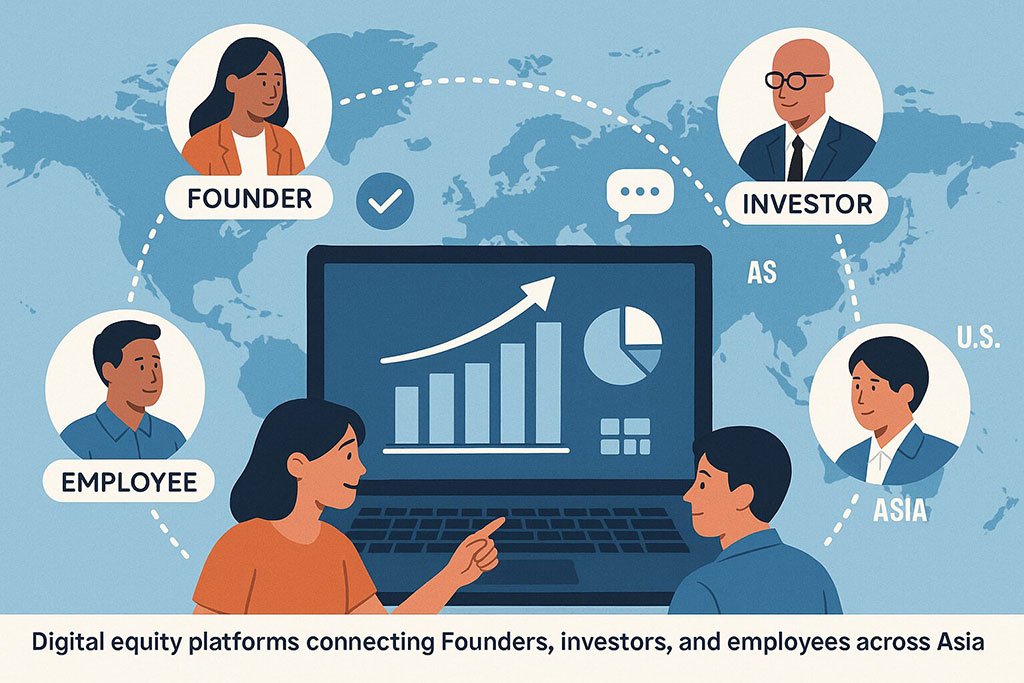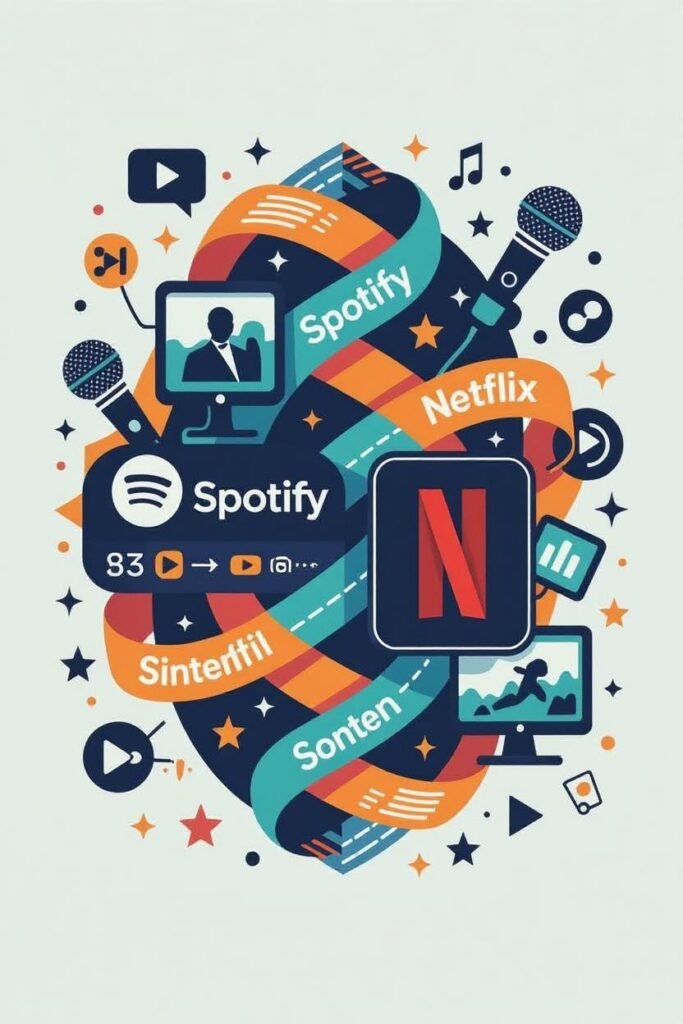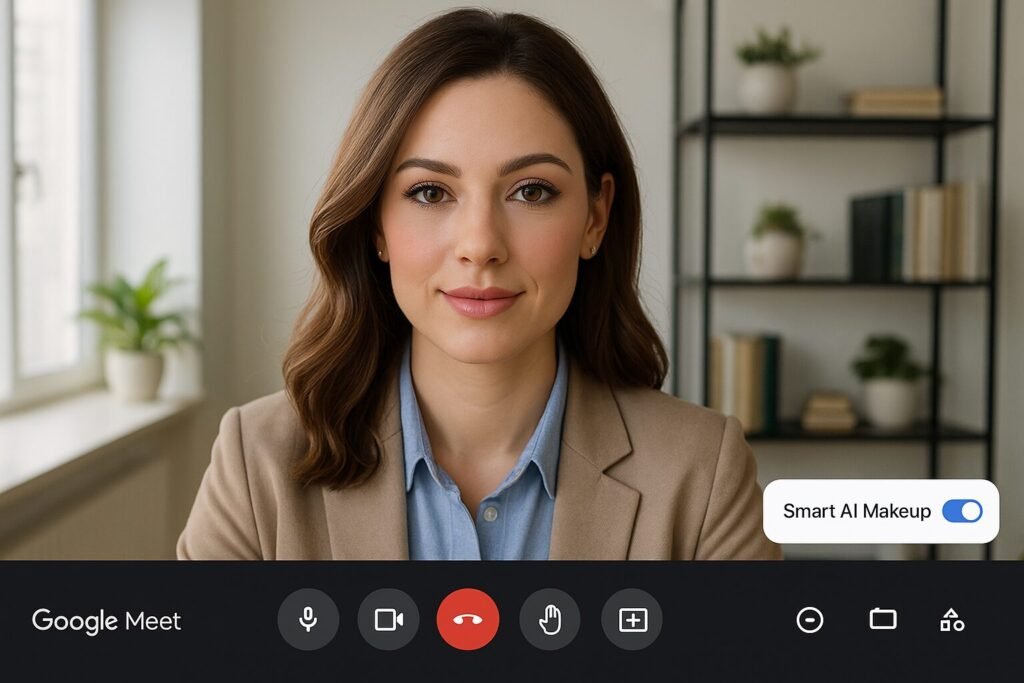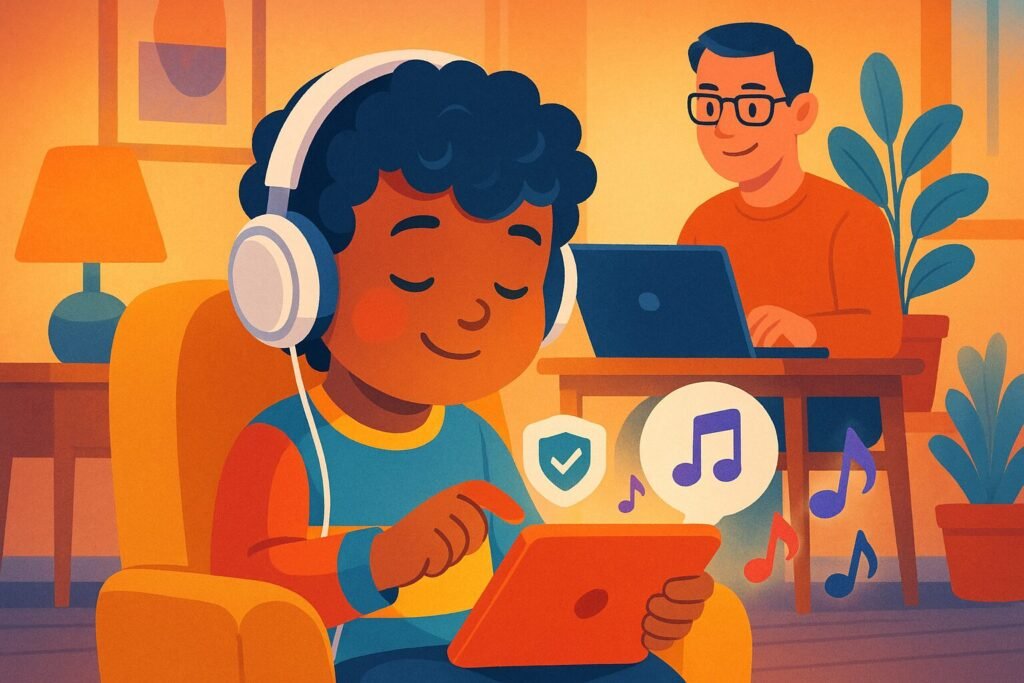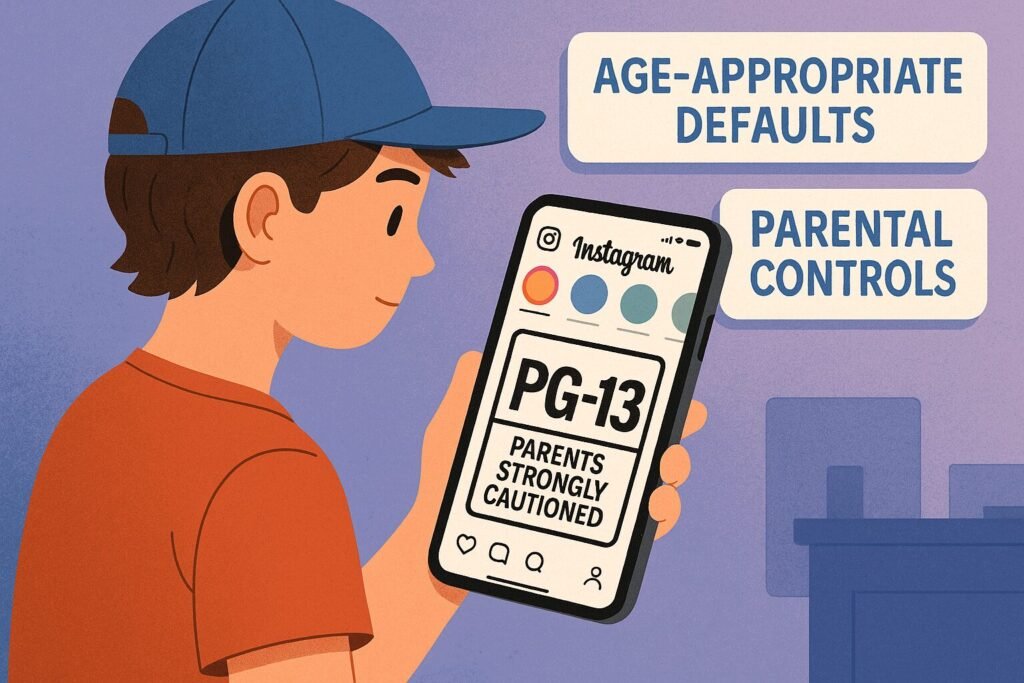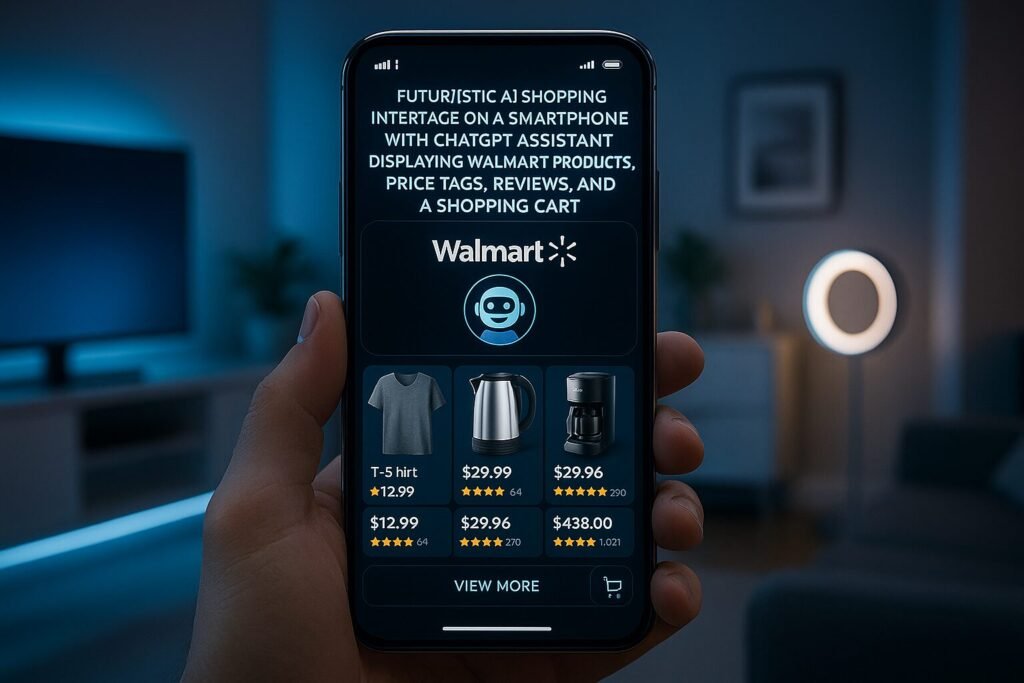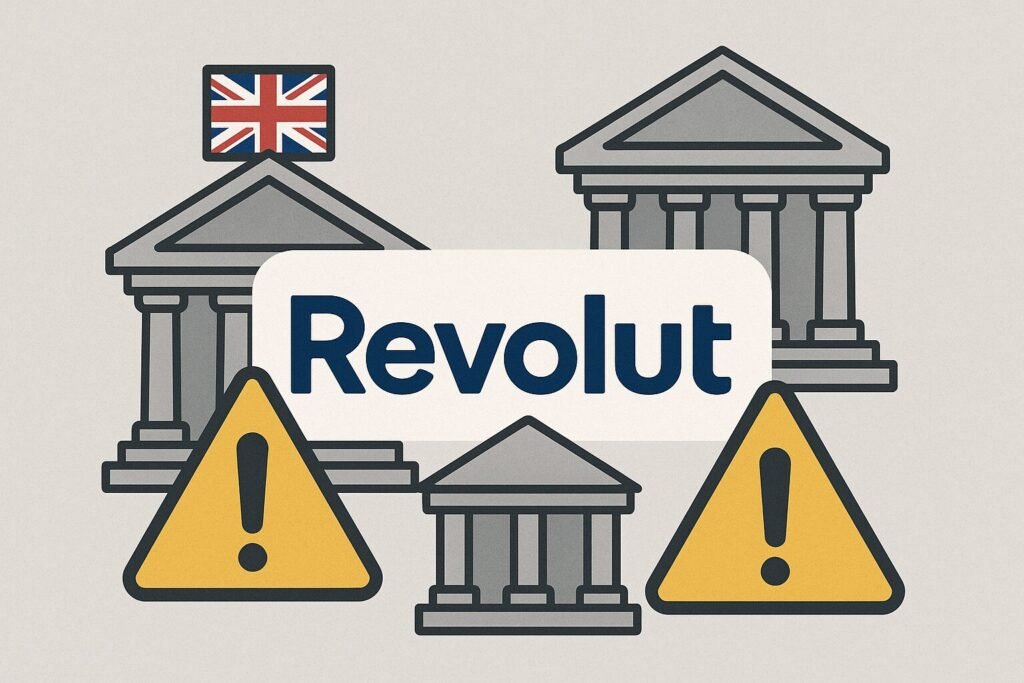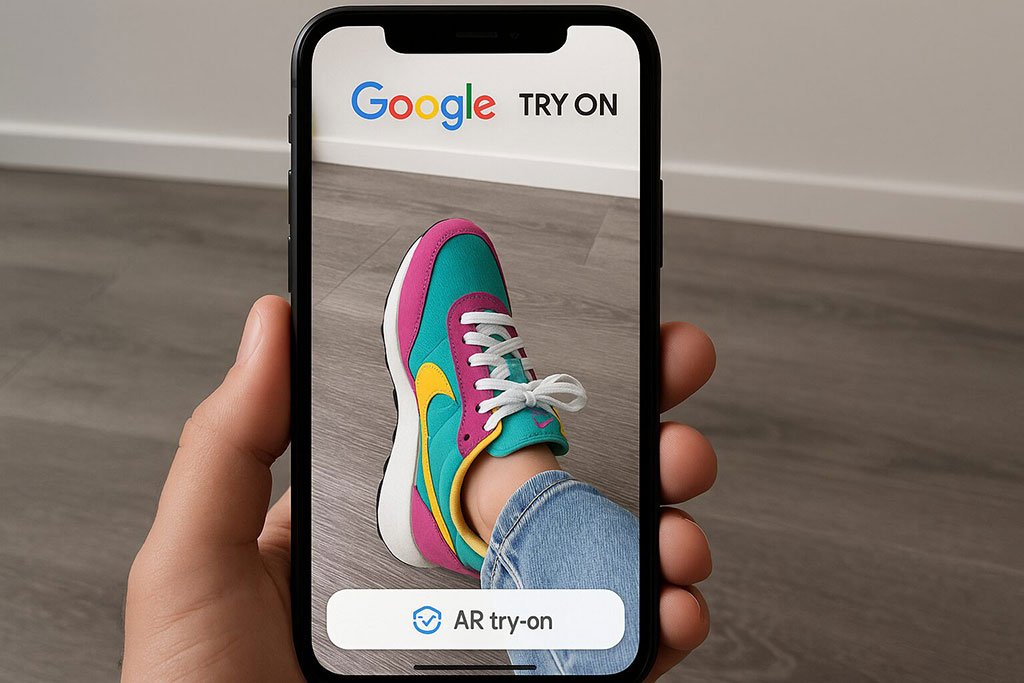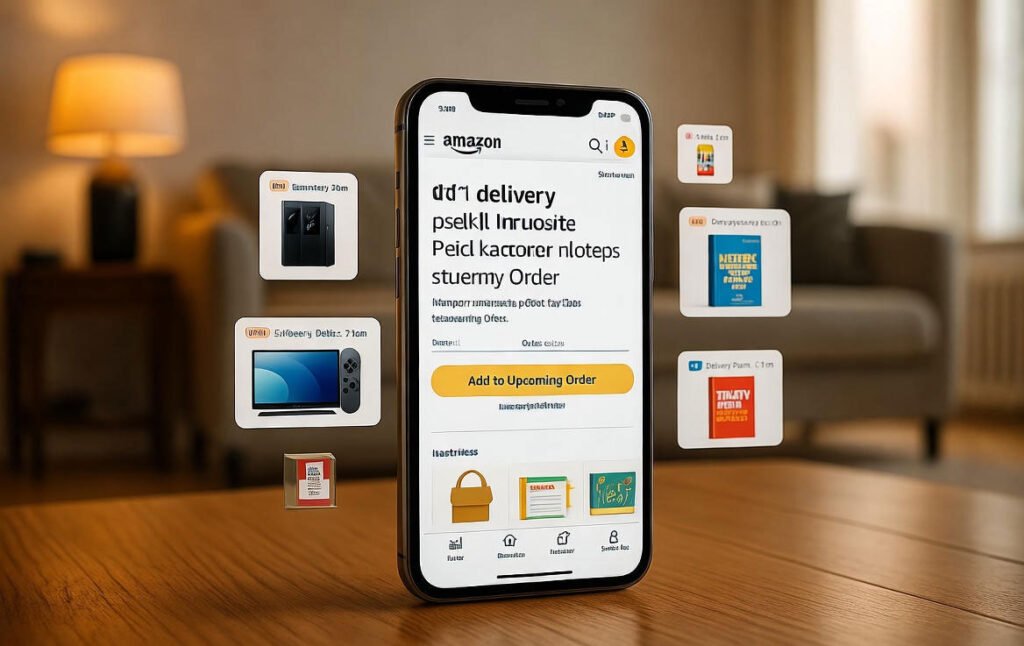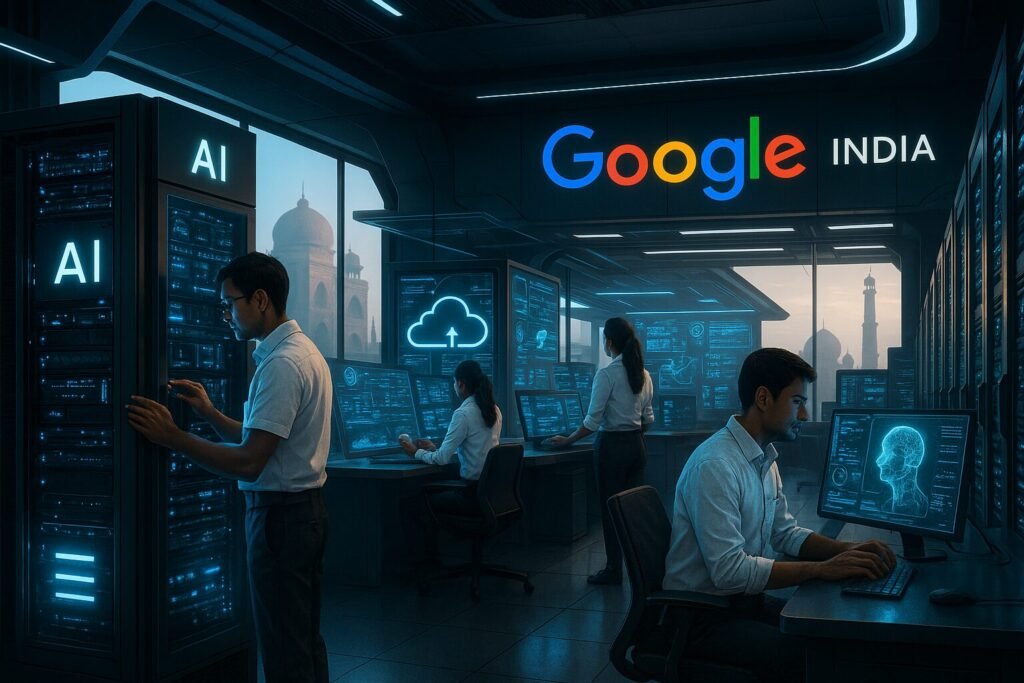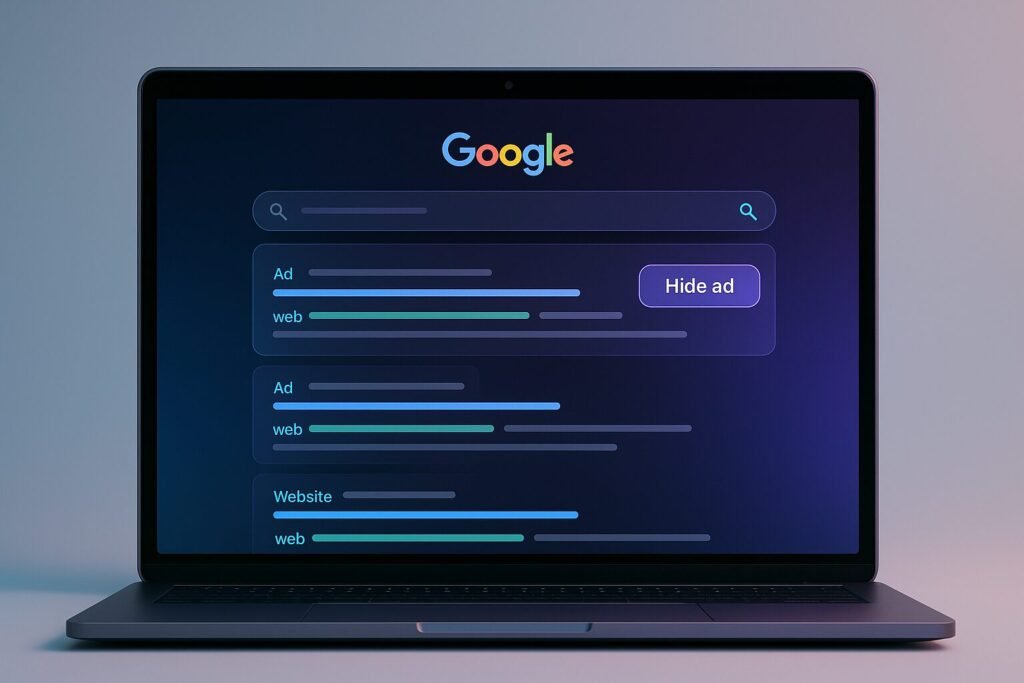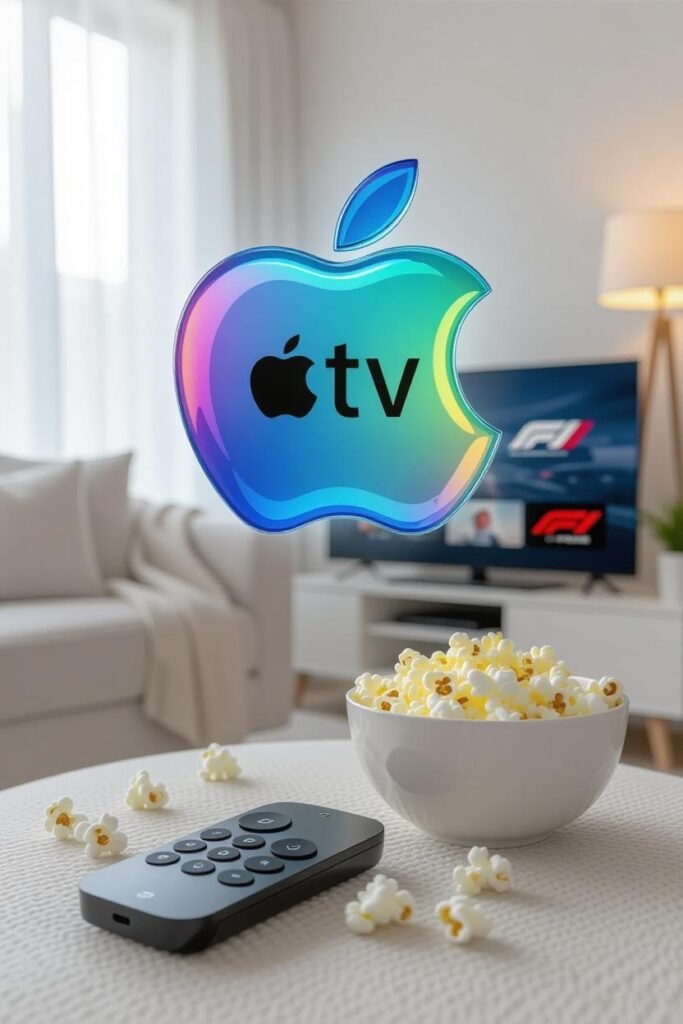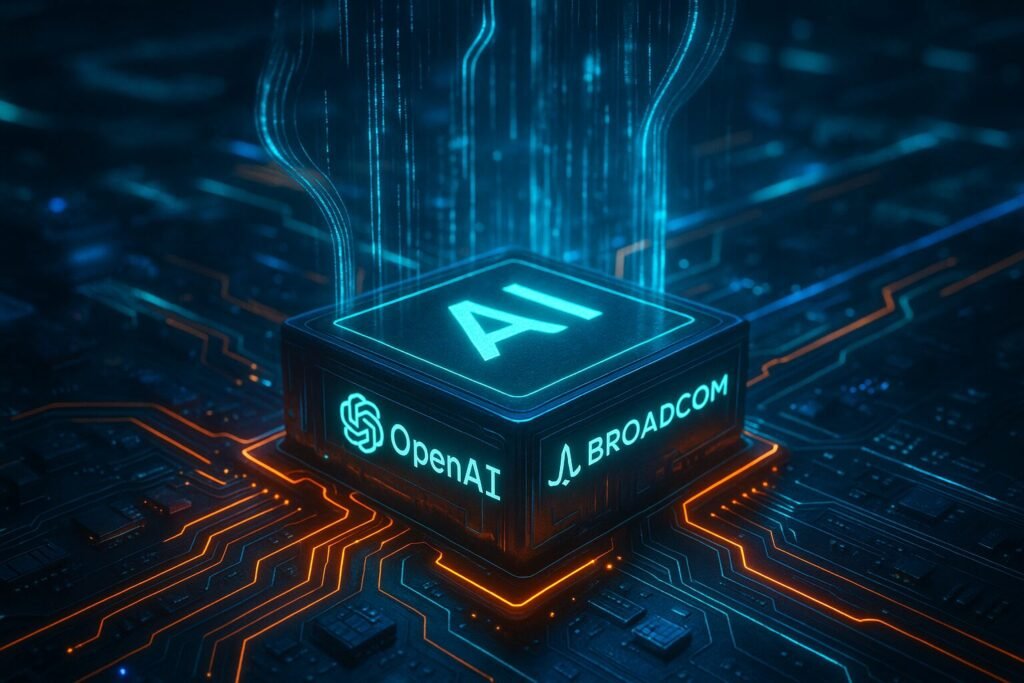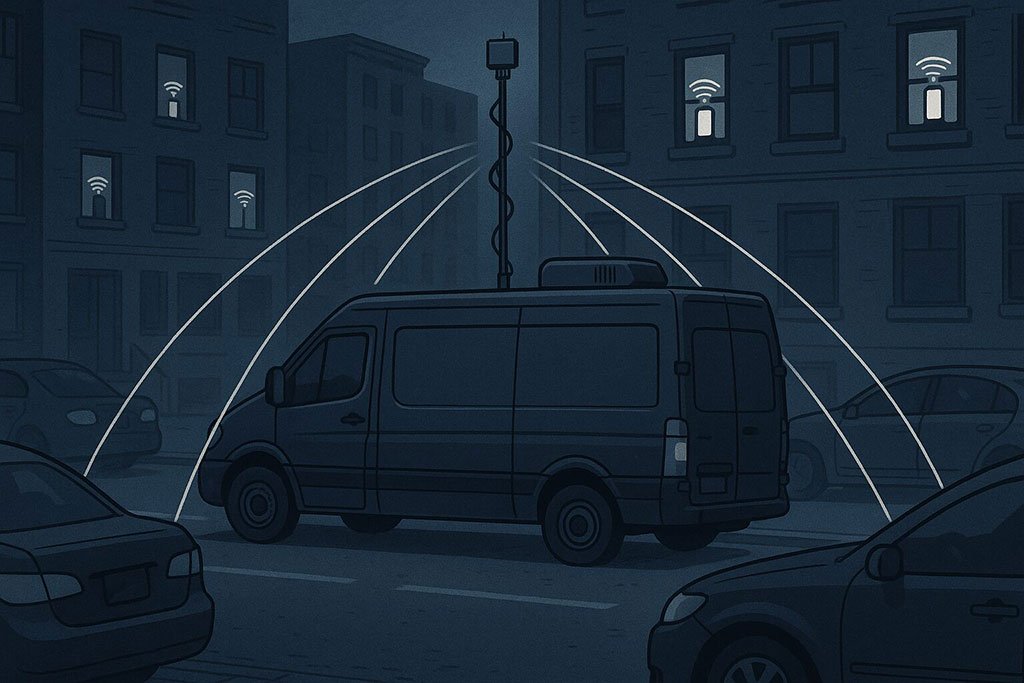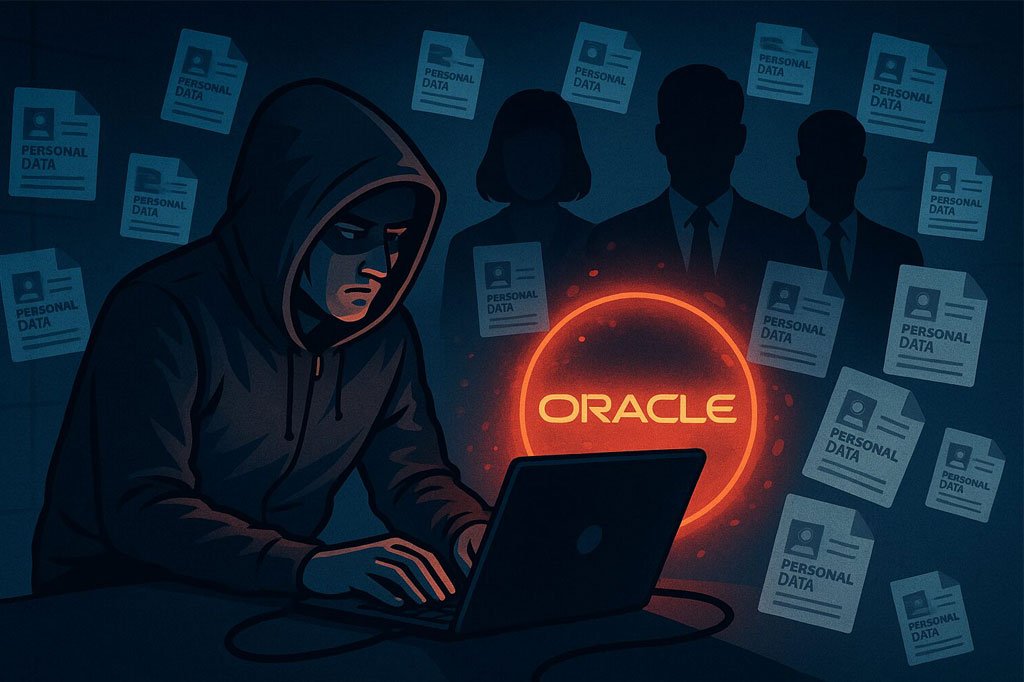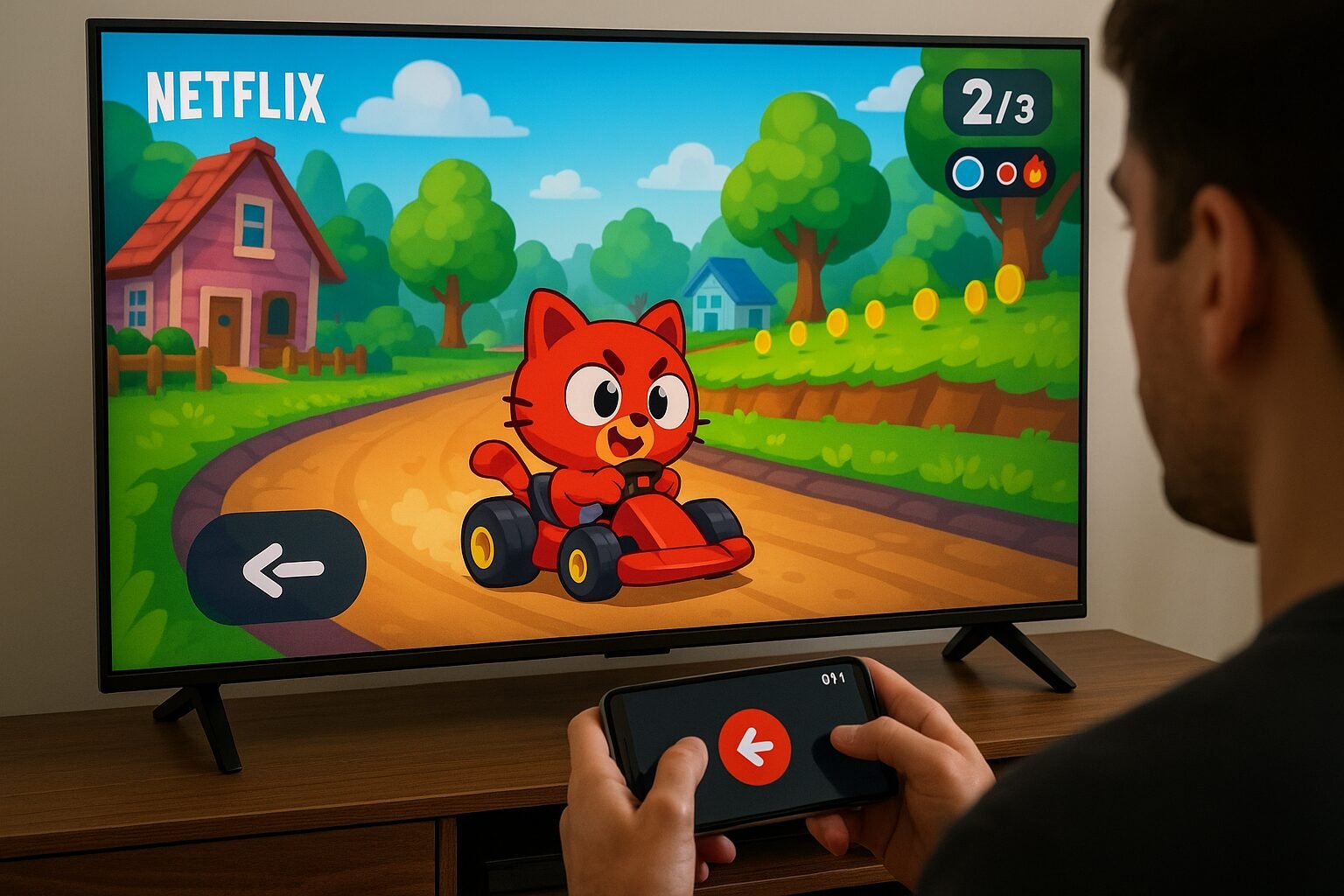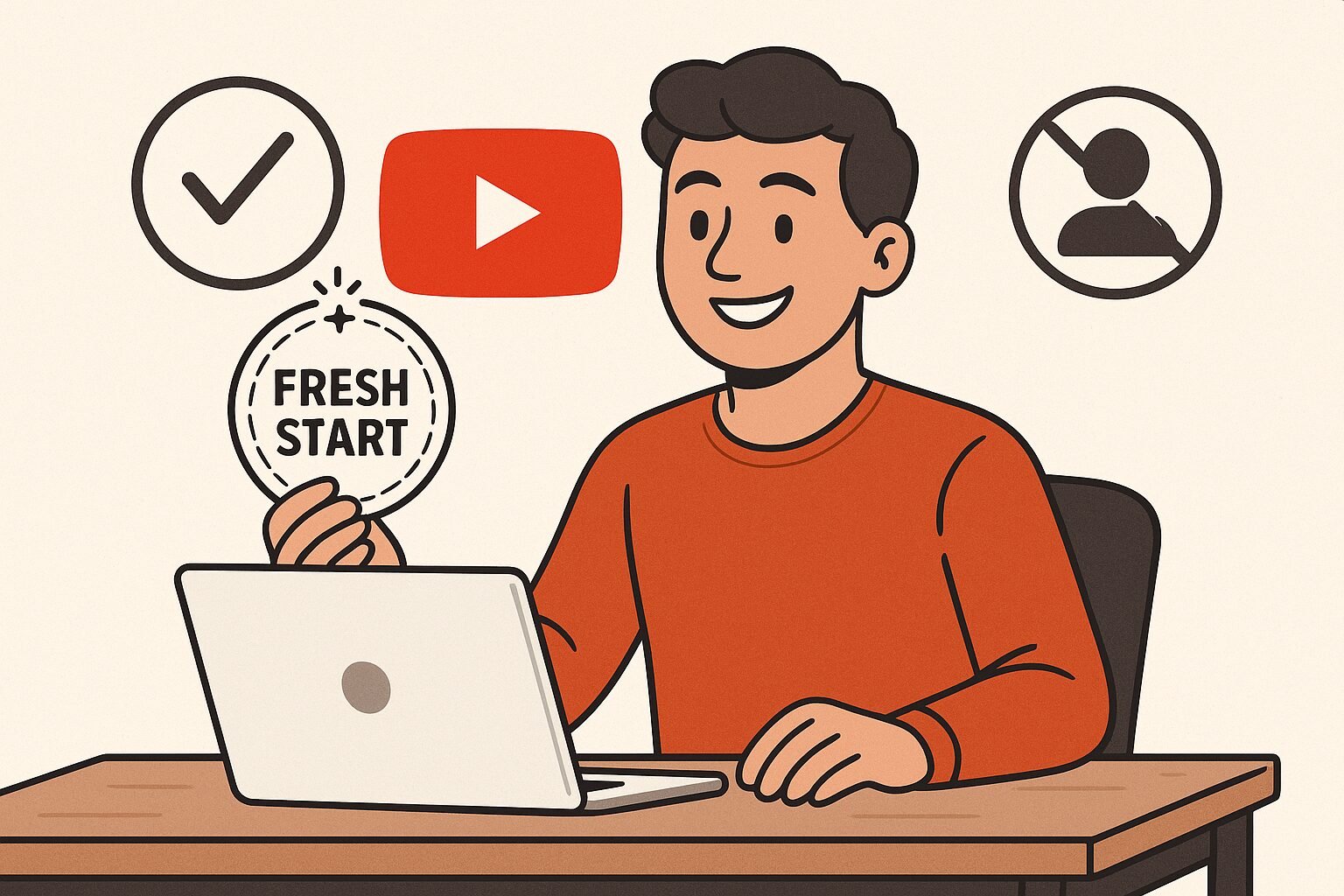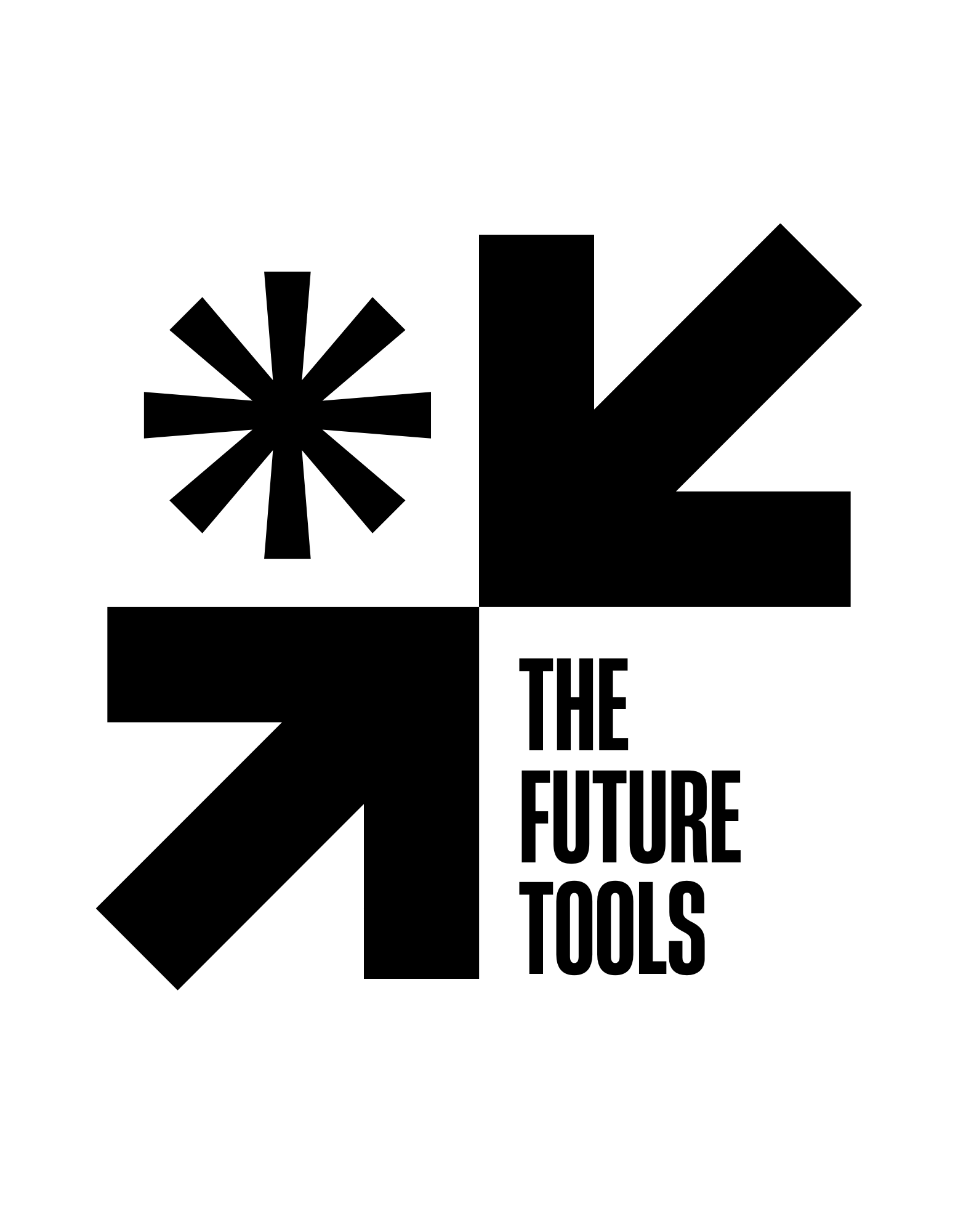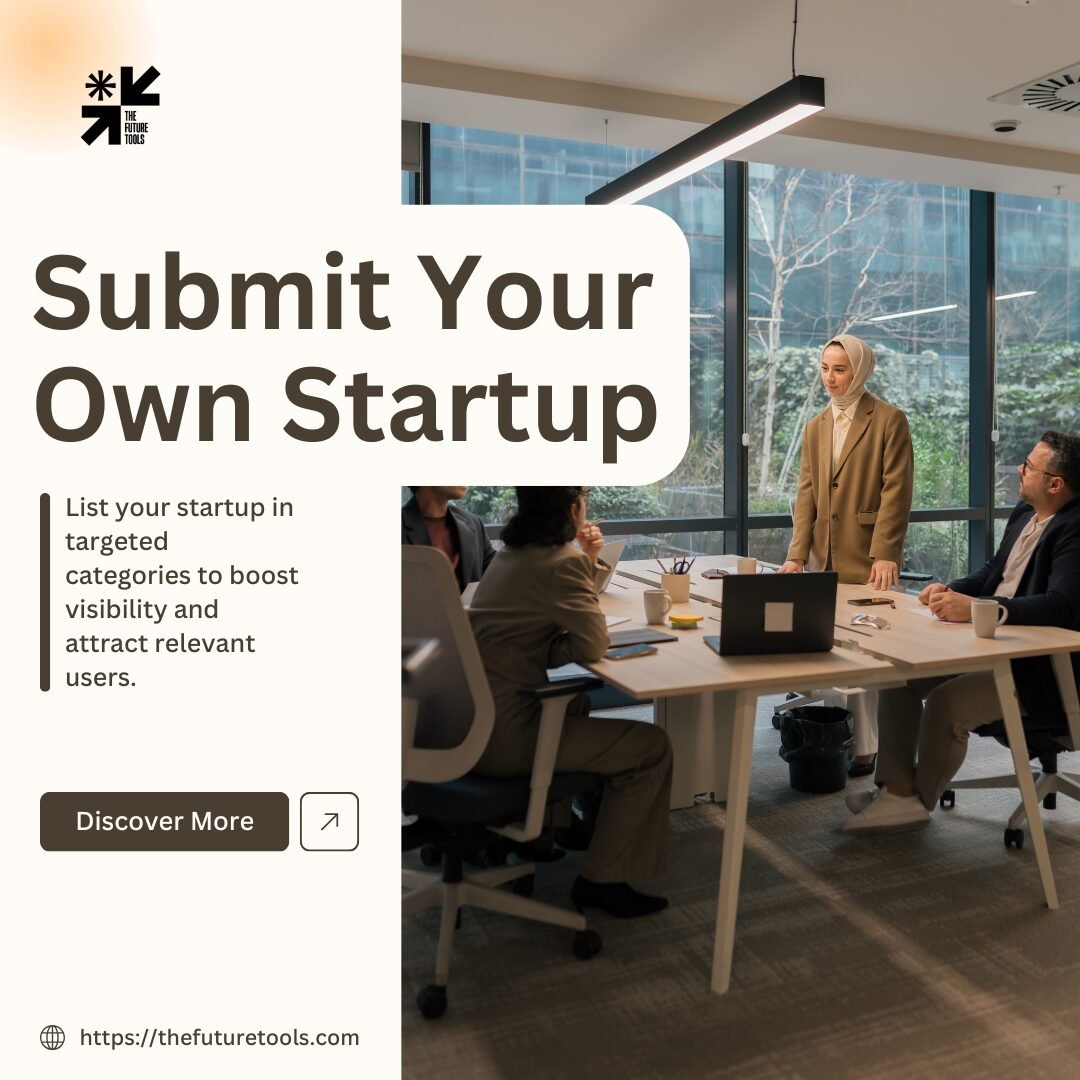Now Reading: YouTubers Get a Fresh Start: New Policy Lets Creators Appeal
-
01
YouTubers Get a Fresh Start: New Policy Lets Creators Appeal
YouTubers Get a Fresh Start: New Policy Lets Creators Appeal
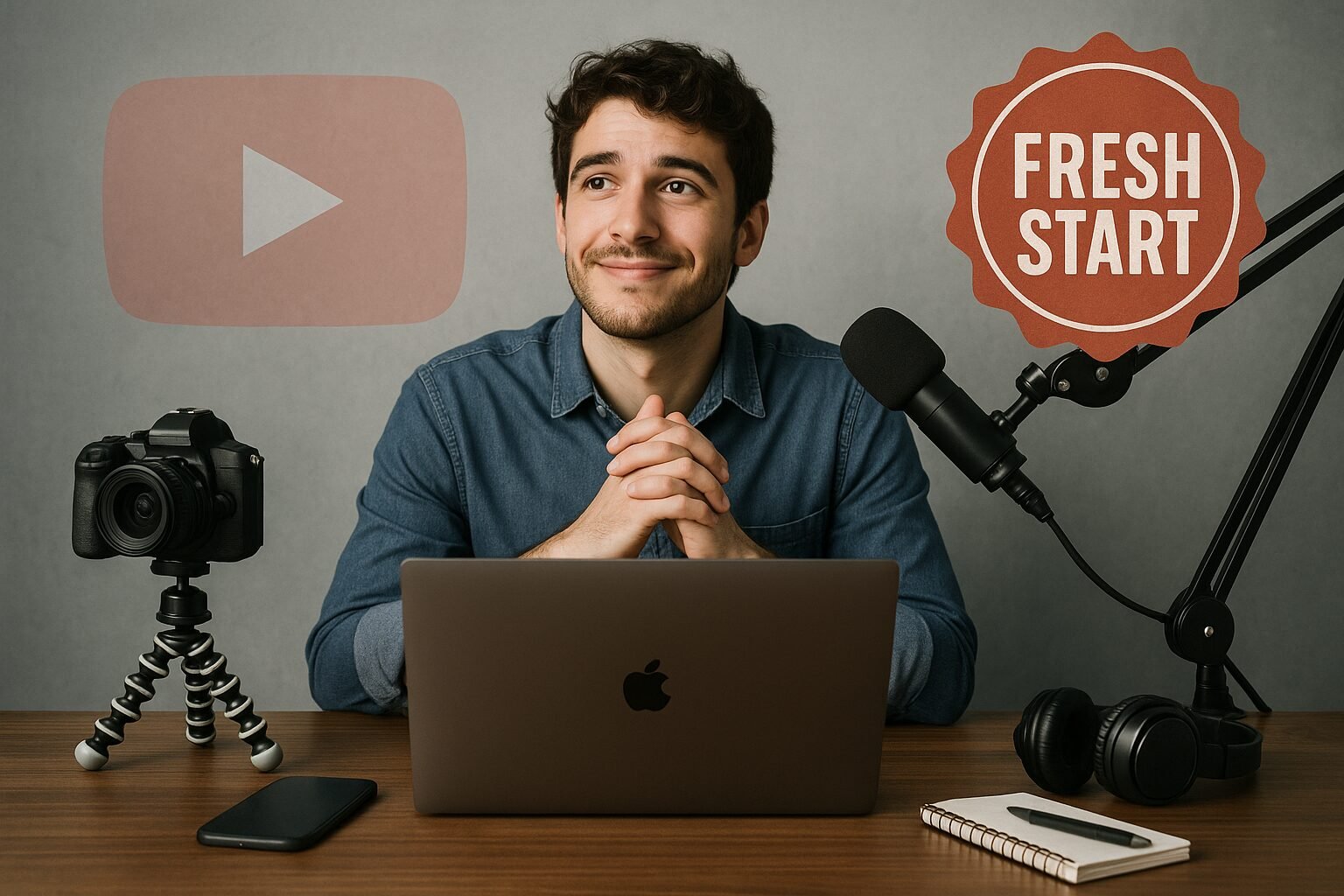
YouTubers Get a Fresh Start: How the Platform is Changing Redemption for Creators
For years, YouTube has been the go-to platform for creators worldwide, offering opportunities to build audiences, share passions, and even turn hobbies into lucrative careers. Yet, with great reach comes great responsibility. Violations of community guidelines, whether deliberate or accidental, could lead to permanent bans, leaving creators locked out of the platform and their audiences behind. For many, this was a hard, irreversible lesson in the consequences of digital missteps.
Now, YouTube is taking a significant step toward a more human-centered approach. Creators removed for rule violations can request a fresh start, signaling a shift from rigid punishment toward redemption and accountability. But what does this mean for the creator ecosystem, and how might it reshape the platform in the coming years? Let’s explore.
Why YouTube Introduced the Fresh Start Policy
YouTube’s decision isn’t just a gesture of goodwill—it’s a calculated response to the evolving digital landscape. The platform hosts millions of creators who collectively drive massive engagement and revenue. Permanent bans, while necessary for egregious violations, often removed voices that could have learned and grown from their mistakes.
By introducing a formal appeal process, YouTube acknowledges that human error is inevitable. This policy encourages creators to take responsibility while offering a structured pathway to reintegration. From an industry perspective, it’s also about sustaining the creator economy. Allowing deserving creators to return keeps content diverse, fresh, and engaging, ultimately benefiting both the platform and its users.
How the Fresh Start Process Works
At its core, the policy is straightforward but deliberate. Creators who were removed due to guideline violations can submit a formal appeal. YouTube reviews these appeals on a case-by-case basis, taking into account the nature of the violation, past behavior, and the steps the creator is willing to take to prevent future issues.
The appeal process is designed to balance fairness with accountability. Creators are expected to demonstrate understanding and adherence to the platform’s rules. This isn’t a free pass; it’s an opportunity to rebuild trust with both YouTube and their audience. The emphasis on proactive learning ensures that reinstated creators are more likely to produce responsible, high-quality content moving forward.
The Impact on Creators
For creators, the fresh start policy opens doors that were previously closed. Imagine a gaming YouTuber who lost access to their channel after unintentionally using copyrighted music. Under the new framework, they can appeal, outline how they plan to avoid similar issues, and regain access to their community. Stories like this illustrate the tangible potential for redemption—where creators can rebuild both reputation and revenue streams.
Yet, this opportunity comes with challenges. Even after reinstatement, creators may face lingering skepticism from audiences, and any subsequent violation could result in permanent removal. The path to redemption is as much about mindset as it is about compliance. Those who embrace it must treat their return as a fresh start, not a temporary reprieve.
Global and Industry Perspectives
YouTube’s approach is part of a broader trend in social media moderation. Platforms like TikTok, Instagram, and Twitter/X have also been experimenting with tiered penalties and appeal processes, reflecting a shift toward nuanced enforcement rather than binary punish-or-forgive models.
Globally, the creator economy continues to grow at an unprecedented pace. Reports estimate that by 2030, creator-driven digital content could generate over $250 billion in revenue. Policies like YouTube’s fresh start are essential to maintaining this ecosystem, ensuring creators have the ability to learn, adapt, and continue contributing to a diverse content landscape.
Practical Steps for Creators Seeking a Fresh Start
While the appeal process is structured, the approach a creator takes can significantly influence the outcome. Firstly, understanding the violation is critical. Creators must review the rules carefully and document the circumstances that led to removal. Transparency and accountability are key.
Next, the appeal itself should clearly communicate lessons learned and the steps that will prevent future violations. This demonstrates responsibility and a commitment to the community. Lastly, creators should continue to engage professionally with YouTube’s communications and maintain responsible behavior during the review period. This disciplined approach signals credibility and readiness to return.
Pros and Cons of the Policy
The benefits of the fresh start policy are evident: it empowers creators, encourages responsible content, and strengthens platform diversity. However, there are trade-offs. The appeal process may be opaque, repeated violations remain a risk, and audiences may take time to fully trust returning creators. Understanding these dynamics is essential for any creator considering an appeal.
A New Era of Redemption
YouTube’s fresh start policy represents more than just procedural change—it’s a philosophical shift. It acknowledges that mistakes are part of growth, and that responsible creators deserve opportunities to learn, rebuild, and contribute meaningfully. For the global creator community, this is a chance to demonstrate accountability, resilience, and creativity while reinforcing the human side of digital platforms.
In a world where content creation drives culture, commerce, and community, policies like this are a reminder that platforms thrive when their creators are supported, not just regulated. A fresh start is not merely a technical reinstatement—it’s a second chance to innovate, engage, and thrive.
FAQs
-
Who is eligible for a fresh start on YouTube?
Creators removed for guideline violations may appeal, but repeat offenders may be restricted. -
How do I submit an appeal?
Appeals are submitted through YouTube’s support portal with documentation and explanation. -
What happens if my appeal is denied?
Creators may receive guidance, but repeated appeals without behavioral change are unlikely to succeed. -
Will my monetization be restored?
Monetization may return after compliance verification. -
Is this policy global?
Yes, YouTube intends to make the appeal process accessible to eligible creators worldwide. -
How long does the appeal process take?
Processing time varies; creators should monitor communications carefully. -
Does this policy apply to temporary suspensions?
No, temporary suspensions are separate, but the philosophy reflects YouTube’s broader moderation strategy. -
Can I regain deleted content?
Only content compliant with guidelines may be restored; otherwise, new content is recommended. -
What if I violate rules again?
Future violations may result in permanent removal. -
Will audiences trust returning creators?
Trust rebuilding requires transparency, consistency, and responsible engagement.
Want to stay updated on the latest creator policies and platform changes? Subscribe to our newsletter for exclusive insights and actionable tips!
Disclaimer:
All logos, trademarks, and brand names referenced herein remain the property of their respective owners. Content is provided for editorial and informational purposes only. Any AI-generated images or visualizations are illustrative and do not represent official assets or associated brands. Readers should verify details with official sources before making business or investment decisions.




